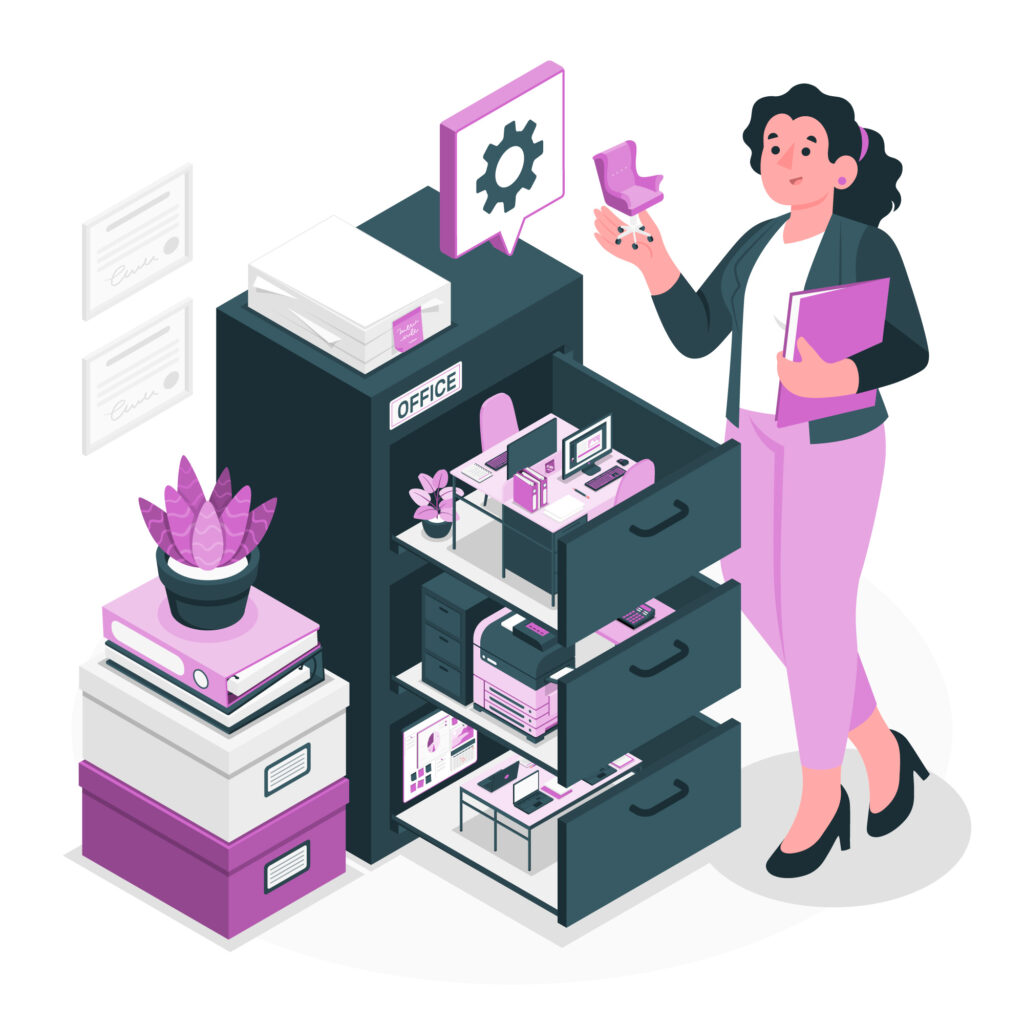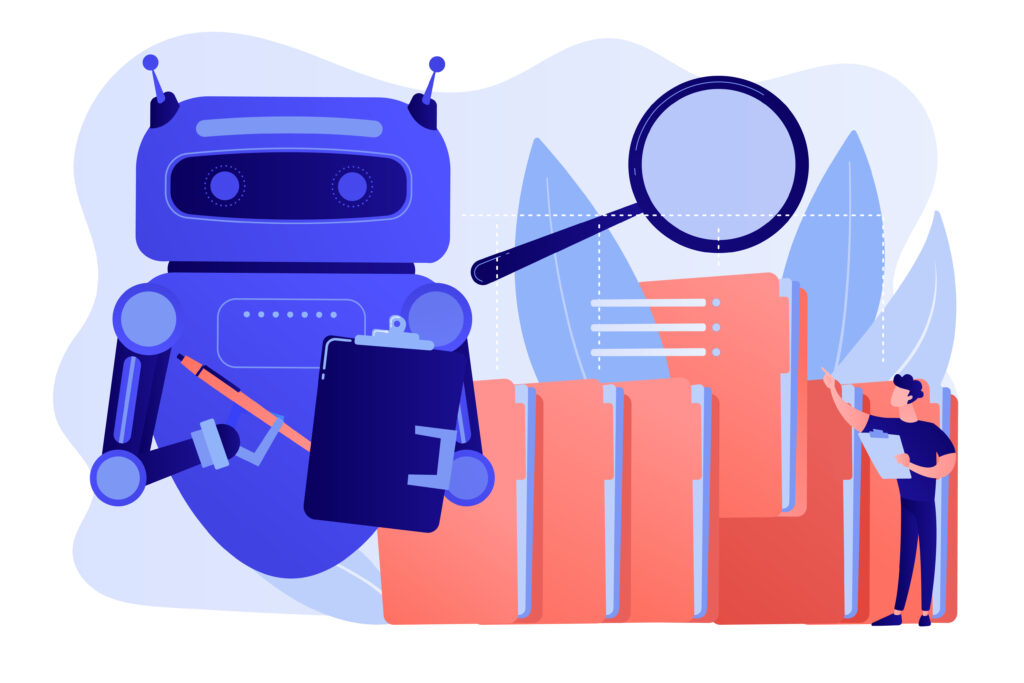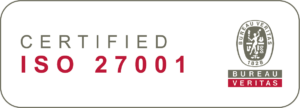Artificial Intelligence (AI) is no longer a futuristic concept in talent acquisition; it’s a present-day force reshaping how organizations find, attract, and hire top talent. For experienced enterprise hiring teams, however, the potential of AI recruitment solutions often clashes with the reality of day-to-day recruiting.
Juggling demanding hiring managers, navigating legacy technology, and adapting to dynamic talent markets already presents significant hurdles. Integrating AI can feel like adding another complex machine without a clear manual.
Indeed, the challenge isn’t just using technology, but using it effectively. A 2025 Findem report highlighted this, finding that:
Among 930 HR professionals, 65% cited inadequate use of technology, market insights, and analytics as having the greatest detrimental impact on recruitment.
The critical question, therefore, isn’t if AI should be used, but how enterprise teams can strategically integrate it to drive tangible results – efficiency, fairness, and better hires – without adding undue complexity.
This guide is a practical roadmap designed for seasoned recruiters, outlining actionable steps, proven applications, and sound strategies to ensure AI implementation delivers meaningful, measurable value.
Setting Expectations: The AI Advantage & Potential Pitfalls

Before diving into implementation, it’s crucial to understand both the opportunities and the common challenges AI presents in recruitment:
- The Upside: AI recruitment solutions offer compelling advantages: automating high-volume, repetitive tasks (like initial screening); enhancing candidate engagement through intelligent communication; potentially mitigating human bias in selection; and improving sourcing reach and precision. When applied strategically, it frees up recruiters to focus on high-value, human-centric activities.
- The Hurdles: AI recruitment solutions are not magic wands. Potential pitfalls include perpetuating existing biases if trained on flawed data, the risk of overlooking qualified candidates due to poorly configured algorithms, the critical dependency on clean and structured data, and the need for careful integration with existing systems to avoid creating silos.
Recognizing these factors upfront allows for a more realistic and strategic approach to adoption.
💡 Implementing AI into your recruitment process? Check out these critical DEI Tips and hurdles to watch for
Phase 1: Laying the Groundwork

You can’t build a solid structure on unstable foundations. Before introducing AI, a thorough assessment of your current recruitment ecosystem is non-negotiable. As we’ve observed supporting large enterprises like National Grid and Southern Company, layering sophisticated technology onto a disorganized process simply amplifies existing inefficiencies. Start with an honest look inward.
Key Areas of Assessment:
- Process Bottlenecks: Where do delays consistently occur? Sourcing? Screening? Scheduling? Use data and team feedback to pinpoint the highest-impact areas. Analyze where your team’s time is most heavily invested and where candidates tend to drop off.
- Existing Technology Stack: Map out your current ATS, CRM, job boards, scheduling tools, etc. Identify redundancies, underutilization, and crucially, assess their API capabilities for seamless integration with potential AI recruitment tools. A fragmented tech stack hinders AI effectiveness.
- Data Quality & Structure: AI thrives on clean, consistent data. Evaluate your current data hygiene. Are candidate profiles complete? Is data entry standardized? Remediation might be necessary before AI recruitment implementation – remember the principle: reliable outputs require reliable inputs.
💡 Best Practice: Collaborative Process Mapping: Engage recruiters across different teams in a mapping session. This reveals the actual workflow, not just the documented one. This collaborative approach fosters transparency and uncovers insights crucial for identifying where AI can genuinely help. Frame it as a collective problem-solving exercise.
Phase 2: Develop a Strategic Framework
With a clear understanding of your starting point, define precisely what you want AI to achieve. Vague goals like “better hires” are insufficient. AI is a tool; its purpose must be specific, measurable, achievable, relevant, and time-bound (SMART). Think like a diagnostician: identify the specific “ailment” in your process that AI will treat.
Define Specific, Actionable Use Cases (Based on Proven Applications):
- Reducing time-to-hire by automating initial screening. This has proven particularly beneficial, in Rakuna’s experience, for high-volume, entry-level positions where the sheer volume of applications can overwhelm recruiters.
- Enhance Candidate Engagement: Implement chatbots or automated sequences for timely communication, improving experience and reducing drop-off.
Example: The UK construction firm using Ubisend saw a 73% reduction in unqualified applications and 92% applicant satisfaction.
- Mitigate Bias: Utilize structured AI models for screening based on skills and capabilities, promoting fairer evaluations.
Example: Employment Hero’s SmartMatch helps SMEs make more equitable decisions.
- Improve Sourcing: Leverage AI matching platforms (e.g., HireEZ, SeekOut) to identify and engage passive candidates more effectively.
Prioritize Ruthlessly: Select 1-2 key outcomes to focus on initially. Trying to boil the ocean is a common pitfall.
✍️ Establish Clear, Quantifiable Success Metrics: Define success before you start. This ensures accountability and allows for objective evaluation. Examples:
- “Decrease initial screening time for X roles by 40% within Q1 post-implementation.”
- “Increase qualified candidate response rates from AI recruitment tool-assisted outreach by 25% in 6 months.”
- “Reduce average time-to-fill for mid-level product managers from 4 months to 3 months within one year.”
- If you can’t articulate simple, measurable goals, refine your strategy further.
Phase 3: Select Appropriate Tools

Now, armed with defined needs and goals, you can evaluate vendors and tools. Don’t be swayed by flashy demos alone; focus on fit and function.
Key Questions for Vendors:
- “How does your tool integrate specifically with our [mention your ATS/CRM]?” (Demand details on API calls, data flow).
- “What exact data inputs and formats are required for optimal performance?” (Avoid vague answers).
- “Can the AI recruitment solution’s outputs/recommendations be explained? What level of transparency exists?” (Challenge black-box solutions).
- “What is the total cost of ownership, including implementation, training, maintenance, updates, and scaling?”
- “What are the 1-2 most common implementation challenges your clients face with this tool?” (Listen for honesty).
- A vendor hesitant to provide specifics should raise a red flag.
Relevant Tool Categories (Examples for Context):
- AI sourcing: HireEZ, SeekOut, Entelo
- Automated screening and matching: HiredScore AI (Workday), Eightfold, Beamery
- Chatbots and candidate engagement: Paradox (Olivia), Brazen
- Interview scheduling and coordination: GoodTime, Rakuna Interview Scheduling
- Bias detection and structured interviewing: Applied, Metaview
Fit Over Features: Choose tools that solve your specific, prioritized problems. Don’t adapt your process to fit a tool; select a tool that enhances your optimized process.
Phase 4: Implement with Minimal Disruption
Introducing new technology requires careful change management. Simply deploying a tool without preparing your team leads to frustration and low adoption.
Phased Implementation Approach:
- Pilot First: Start with a specific team, role type (e.g., high-volume), or process step. Prove the concept in a controlled environment.
- Comprehensive Training: Ensure recruiters understand how to use the tool and why it’s being implemented (the principles behind it).
- Parallel Processes: Initially, run the AI tool alongside existing manual processes. Only phase out manual steps once the AI proves reliable and effective based on your metrics.
Data Integrity is Non-Negotiable: Reinforce data hygiene. Inconsistent data cripples AI. Standardize fields and ensure accurate inputs before and during rollout.
Foster Collaboration and Ownership: Involve recruiters in configuring the tool (e.g., setting parameters, reviewing templates). When users feel ownership and understand the tool, trust and adoption increase significantly.
Phase 5: Measure, Refine, and Optimize

AI implementation isn’t a one-time event; it’s an ongoing process of measurement and refinement. Treat your AI recruitment tools like any other strategic asset – monitor their performance.
Key Metrics to Track (Connect back to Phase 2 Goals):
- Time-to-fill/Time-to-hire (by stage)
- Candidate experience scores (NPS, surveys)
- Recruiter adoption rates and qualitative feedback
- Diversity metrics (pre- vs. post-AI)
- Candidate drop-off rates per stage
- Quality of shortlist/hire (using performance data where possible)
Regular Review Cadence: Schedule periodic reviews (e.g., 30, 90, 180 days) to analyze the metrics. Is the AI performing as expected? Where are the successes? Where are the adjustments needed?
Data-Driven Adjustments: Use the performance data to fine-tune algorithms, adjust parameters, update training, or even reconsider the tool if it’s not delivering against your defined success metrics. You don’t need to be a data scientist, but you need to be data-informed.
To Conclude…
Successfully leveraging AI recruitment solution in enterprise recruitment isn’t about adopting the latest shiny object; it’s a deliberate strategy to optimize efficiency and foster a more equitable hiring process. Through a phased approach that prioritizes identifying time-consuming tasks ripe for automation, defining AI applications that free up the recruiting team, and carefully selecting platforms that integrate seamlessly with existing workflows, organizations can unlock significant gains.
Ultimately, this thoughtful integration of AI serves not to supplant human judgment but to amplify it, leading to faster, fairer, and more effective talent acquisition outcomes.

Team Rakuna
The Rakuna Team comprises a diverse group of professionals hailing from various corners of the world.
With a passion to enable organizations to hire their next waves of talents, we are dedicated to help organizations stay updated on important recruiting technology and industry best practices.


